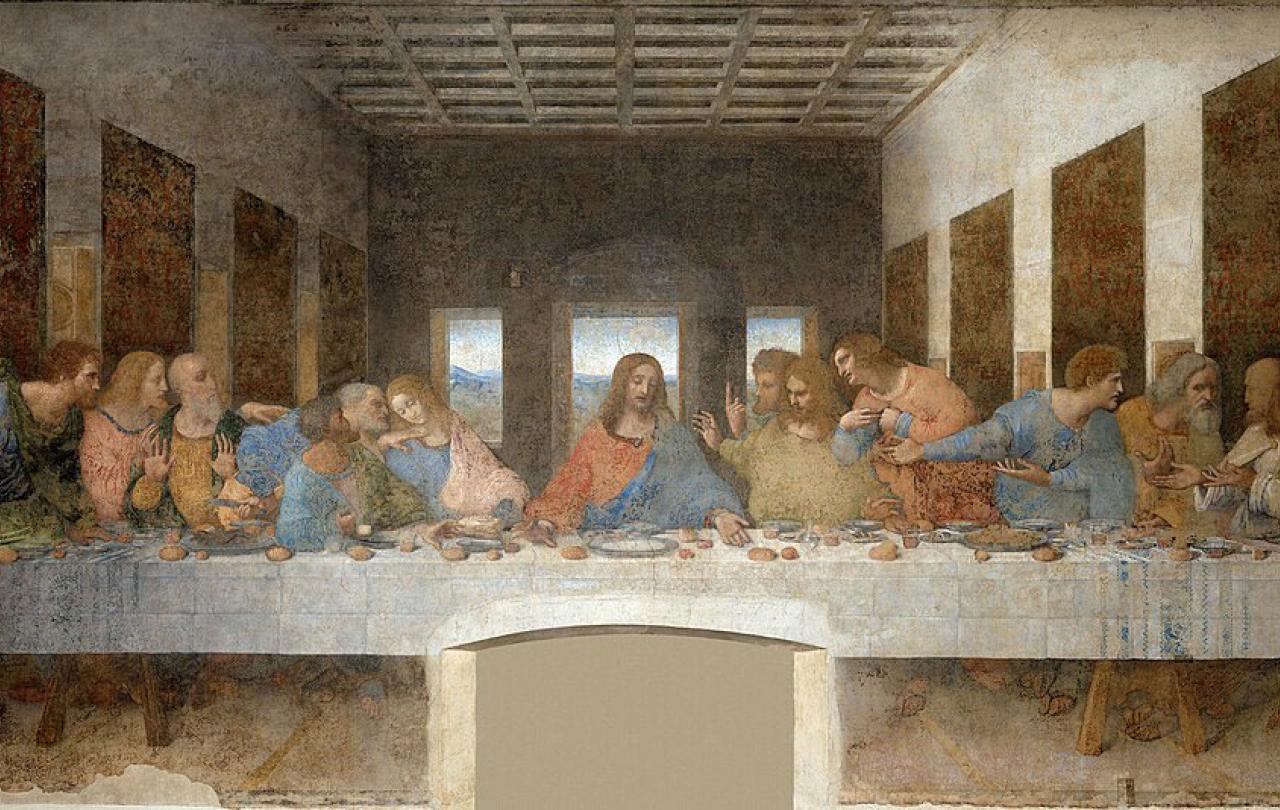The kind of cultural power Christianity has had in the West comes at the cost of clarity because Christianity was itself originally a counterculture. Crucifixion, a supreme act of imperial domination, became the foundation of Christian thought and ultimately its greatest symbol. The original Christian movement was seen itself to be blasphemous for contradictory reasons by both the Jewish and Roman religious leaders of the time.
The fundamental difference between Christianity and merely holding conservative values that should not be transgressed, is God. It was genuine belief in Jesus Christ as the long-awaited messiah of the Jewish people and the Saviour of the whole world - a belief that led his first bedraggled and bewildered disciples to live in such radical and counter-cultural ways that many were killed by the Roman Empire.
It is right for his followers today to speak up and say how wrong it is when the special and sacred things he did for them are yet again trampled on in public, but it's also worth remembering that’s how the story started - with Jesus’ body brutalised and broken. That somehow, in moments like this, we miss the power of Jesus when we simply defend him on grounds of “decency” and “respect.” Instead, if we return to the original events themselves, Jolly’s depiction, in its mockery and subversion, actually reveals the power of The Last Supper.
Da Vinci’s painting was not intended for a gallery but was originally painted on the wall of a fairly obscure monastery, transported to a gallery years later to become primarily art, it is more a foundational aid to the faithful to remember the original events Da Vinci is depicting.
The last supper, the meal Jesus shared with his friends the night before his crucifixion, was the opening ceremony of Christianity. Every time a Christian takes Holy Communion - the central act of Christian worship for over 2,000 years - they remember the opening ceremony where:
“Jesus took bread, and when he had given thanks, he broke it and gave it to his disciples, saying, “Take and eat; this is my body.” Then he took a cup, and when he had given thanks, he gave it to them, saying, “Drink from it, all of you. This is my blood of the covenant, which is poured out for many for the forgiveness of sins”
The most peculiar part of the opening ceremony of Christianity - more peculiar than any sight we saw last night - is the presence of Judas. The biblical accounts describe Jesus’ knowledge of Judas’ intentions to betray him to the Romans, and yet Judas is still welcome to the table. If there’s space for Judas, then there is space for all of us. The opening ceremony Christianity cannot be remembered without the presence of Judas the betrayer, and Peter the coward or Thomas the doubter. The great irony and the big mystery of the Christian Faith is that you can’t out-sin grace. You can mock it and subvert it, but Christ died for the ungodly.
Last night’s scene doesn’t come close to the original events. Not only was Jesus betrayed by his friends, he was then tortured, humiliated and executed publicly in just about the most excruciating way humans have devised. That was blasphemy of another level, but it was also victory because God was choosing to love inclusively beyond any human metric.

